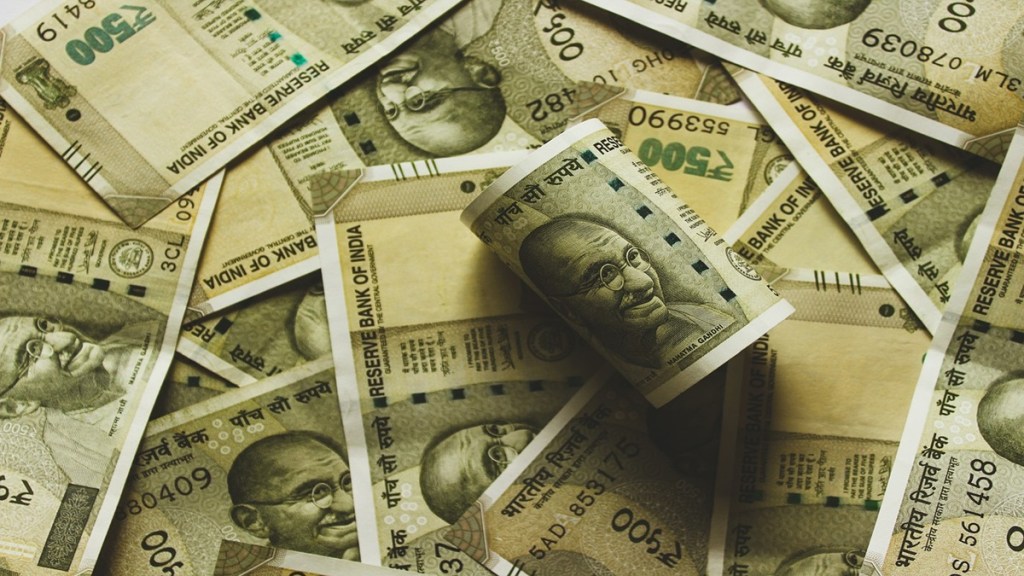With Finance Minister Nirmala Sitharaman all set to table the Union Budget tomorrow (February 1), economists said that supporting growth and adhering to fiscal consolidation commitment will be the guiding principle for Budget 2025. “We see enough policy room to deliver on both demands. We expect an effective personal income tax rate cut to support consumption, and continued focus on capex,” said Shreya Sodhani, Regional Economist, Barclays, while maintaining that the government is expected to overachieve the FY24-25 fiscal deficit target by 20 bp, at 4.7 per cent of GDP. Barclays said that the FY25-26 fiscal deficit target is expected to get pegged at 4.5 per cent of GDP. This would imply, in level terms, a deficit of Rs 15.2 trillion in FY24-25, and Rs 16.3 trillion in FY25-26.
The budget will come just six months after the full budget for FY24-25 was announced in July 2024. The Budget will reflect the government’s stated commitment to further consolidate the fiscal position for the central government, and continue the reform agenda outlined in July 2024.
Anubhuti Sahay, Head of India Economic Research at Standard Chartered, meanwhile, maintained, “We expect the theme of fiscal consolidation to continue, with a greater focus on supporting state-level capex. We think space to provide a large consumption stimulus amid moderating growth and a still-elevated fiscal deficit is limited. That said, some relief might come from income tax benefits and/or from an increase in allocation to the farmer income scheme.” The brokerage firm said that the FY25 fiscal deficit is expected to come in at 4.8 per cent of GDP versus the targeted 4.9 per cent, and FY26 fiscal deficit target is likely to be set at 4.5 per cent of GDP.
Tweaks in tax slabs to support consumption
In terms of policy focus, Barclays said, the government is expected to make some tweaks in tax slabs to support consumption. “Customs duty announcements will be pivotal to understanding the government’s response to tariffs under Trump 2.0 The dividend from the RBI is estimated to fall amid lower profits. In sum, we expect total receipts to grow by 9 per cent YoY, lower than what we saw in FY24-25, despite our higher nominal GDP growth expectation (10.5 per cent in FY25-26 vs 9.7 per cent in FY24-25),” Barclays said.
On the receipts side, meanwhile, Barclays added that the government is expected to continue rationalisation of the direct tax code and further simplification of the tax regime for FY25-26. “We expect corporate tax collection to improve modestly and customs duty revenue to increase amid potential changes to the customs duty structure to tackle uncertainty over global trade tariffs. The RBI dividend is estimated to be lower than that seen in FY24-25 and is unlikely to be offset by higher dividends from oilmarketing companies (OMCs) and financial institutions,” the report by the brokerage firm stated.
In her previous Budget speech, Nirmala Sitharaman had stated that from 2026-27 onwards, the endeavour of fiscal policy would be to maintain the fiscal deficit in a way that the central government debt is on a declining path as a percentage of GDP. The fiscal rules envision general government debt to be 60 per cent of GDP with a 2:1 ratio between the centre and the states. This, Barclays maintained, would mean the central government would have to reduce its debt from 57%- plus currently to 40 per cent over the medium term. “These rules have been kept in abeyance ever since the pandemic struck in FY20-21, with the government only outlining the fiscal deficit target for FY25-26. Hence, in this budget, we would also watch out for the government’s proposed medium-term targets as mandated under its fiscal responsibility legislation,” Shreya Sodhani said.
Reliance on RBI dividends is likely to remain high in FY26
Central government fiscal consolidation – from 9.2 per cent of GDP in FY21 to a likely 4.8 per cent of GDP in FY25 – has been driven by improved tax collection, a reduction in unproductive expenditure, and high dividend flows from the RBI. The Standard Chartered report said, “Reliance on RBI dividends has usually been between 0.1-0.4 per cent of GDP; however, this increased significantly to 0.65 per cent of GDP in FY25. Reliance on RBI dividends is likely to remain high at 0.50-0.55 per cent of GDP in FY26 as well, to continue on the path of fiscal consolidation. We think another year of elevated RBI dividends is possible, given large USD sales by the RBI; April-October gross USD sales by the RBI stood at $144 billion and we think RBI could gross sell another $100 billion amid increased FX market volatility.”

